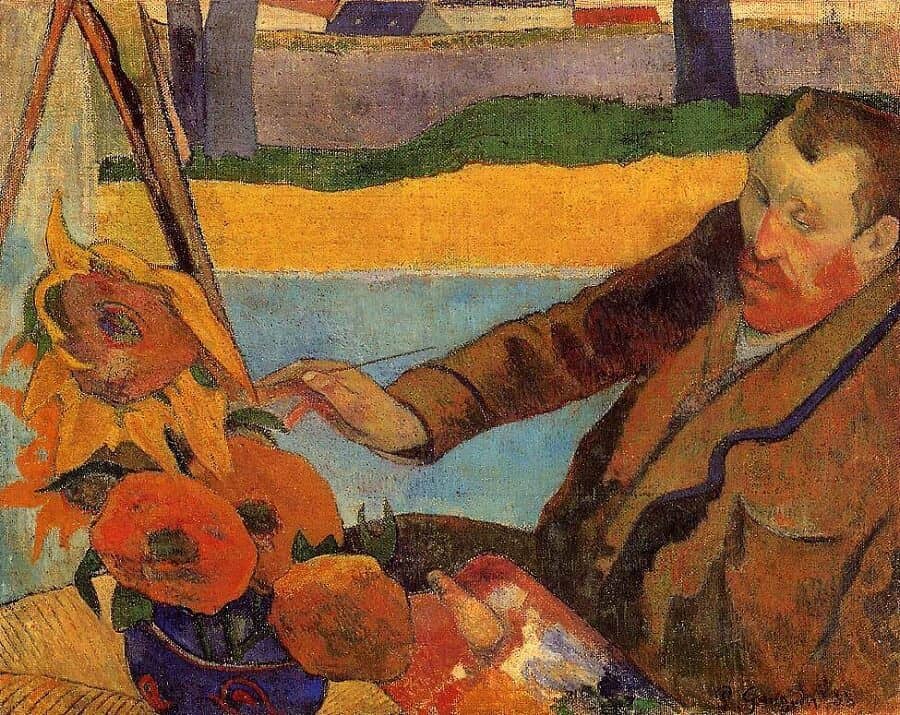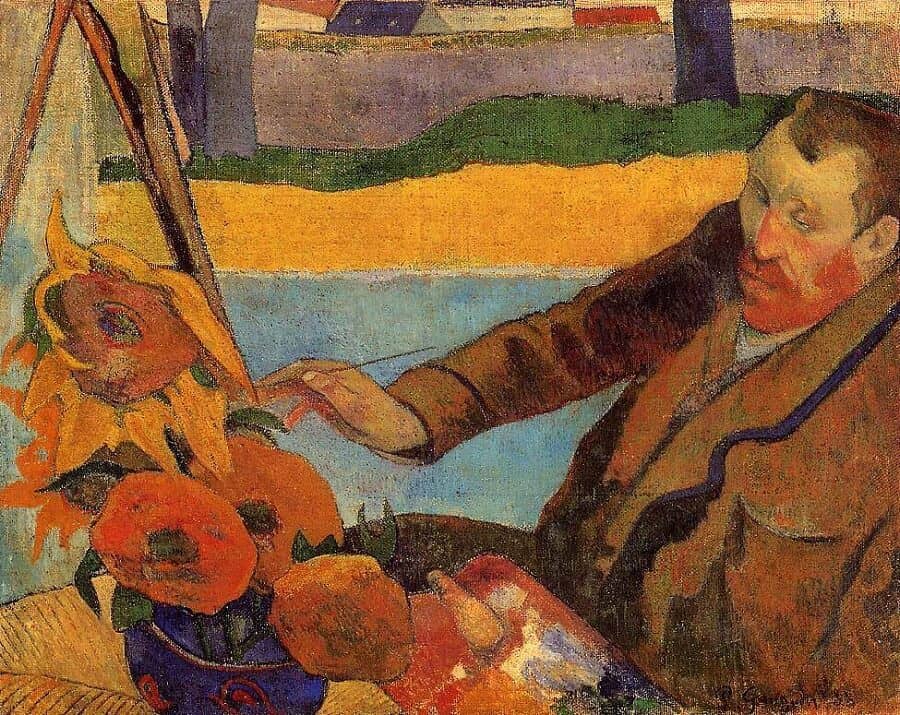When I talk to teachers or parents about our rich art curriculum and displays of student artwork, I often hear, “I wish I had that opportunity. I could never do something like that. I’m just not artistic.” Being an artist is an undeniably vulnerable task that requires truthfulness of expression and, as artist Henri Matisse proposes, takes courage. Each person has the ability to be an artist and as Pablo Picasso once said, “every child is an artist.” Yet, Picasso warns that keeping the eye, imagination, intuition, and habits of an artist is easily lost when one “grows up.” Engaging with art instruction in a classical school helps students build habits and a mindset for a lifetime, develop confidence and a willingness to grow and improve. Cultivating affections and taste in art and guiding students to seek and find what is beautiful helps students reap the benefits of thinking like an “artist” in their adult life.

At Seven Oaks Classical School, students have the blessing of exploring a rich art history curriculum and making beautiful things for nine consecutive years, from kindergarten through eighth grade. In addition, students have the opportunity to continue their artistic pursuits in high school through an art elective. Every semester, I teach a new high school elective with some repeat students and some new students. This semester, the class is comprised of the largest number of students, with the greatest variance in age, background, art exposure, skill, and ability level with numerous students with academic or health accommodations. Despite the apparent incompatibility of these students, each elected to take this painting course. From the beginning of the semester, I have been impressed with their interest in seeking beauty and goodness together, not only in their art but also through their interactions with one another. My goal during this semester is to help these students continue to develop in practice our school virtue of friendship, seeking virtue together.
Our school’s understanding of friendship as the shared quest for virtue is developed from Aristotle’s truest and best form of friendship. This third level of friendship involves living in accord with things of the “divine” such as truth, beauty, and goodness. This nature of friendship is focused beyond oneself and is oriented toward the “good” or prospering of another or the whole.
Art creation among peers can easily be monopolized by talent or success with a project or medium and can easily turn competitive, critical, and even degrading. Through practicing the virtue of friendship, I hope my class can strive for beauty and goodness both in their creative pursuits and in the way they conduct their lives.
As I continue in this quest with my students, I would like to offer a few suggestions for cultivating the virtue of friendship and inner artist in your studio environment.
- Offer opportunities for collaboration.
On a day I was absent from school, I left a substitute plan with an opportunity for a collaborative project in fourth grade. I heard both from the substitute teacher and the students that they were excited to contribute a small, meaningless square that would become meaningful as a beautiful whole. Without guidance, the students chose to work together, thinking about color schemes, to make the work more beautiful through their collaborative efforts.
- Cultivate artist talk.
Think about creating a community of artists in your studio classroom and consider ways to develop artistic behavior and speech with your students. Discuss with your students how artists might interact in their studio, how they might converse and how they can help their friends grow in art.
- Examine artist friendships.
Even the best of friendships come with their ups and downs. In seventh grade I have enjoyed exploring with my students the friendship of Paul Gauguin and Vincent van Gogh.
- Study examples of friendship and virtue in art.
I particularly enjoy the fourth-grade American art history unit because it provides meaningful examples of virtue and friendship such as Washington Crossing the Delaware by Emanuel Leutze.
- Seek virtue together.
Examine your school’s mission statement and virtues. Consider how you can incorporate ideals of the mission and virtues into your art lessons and studio environment.
As you consider the importance of friendship and the benefits of remaining an artist, I would like to leave you with the words of Vincent van Gogh, “Close friends are truly life’s treasures. Sometimes they know us better than we know ourselves. With gentle honesty, they are there to guide and support us, to share our laughter and our tears. Their presence reminds us that we are never really alone.”

